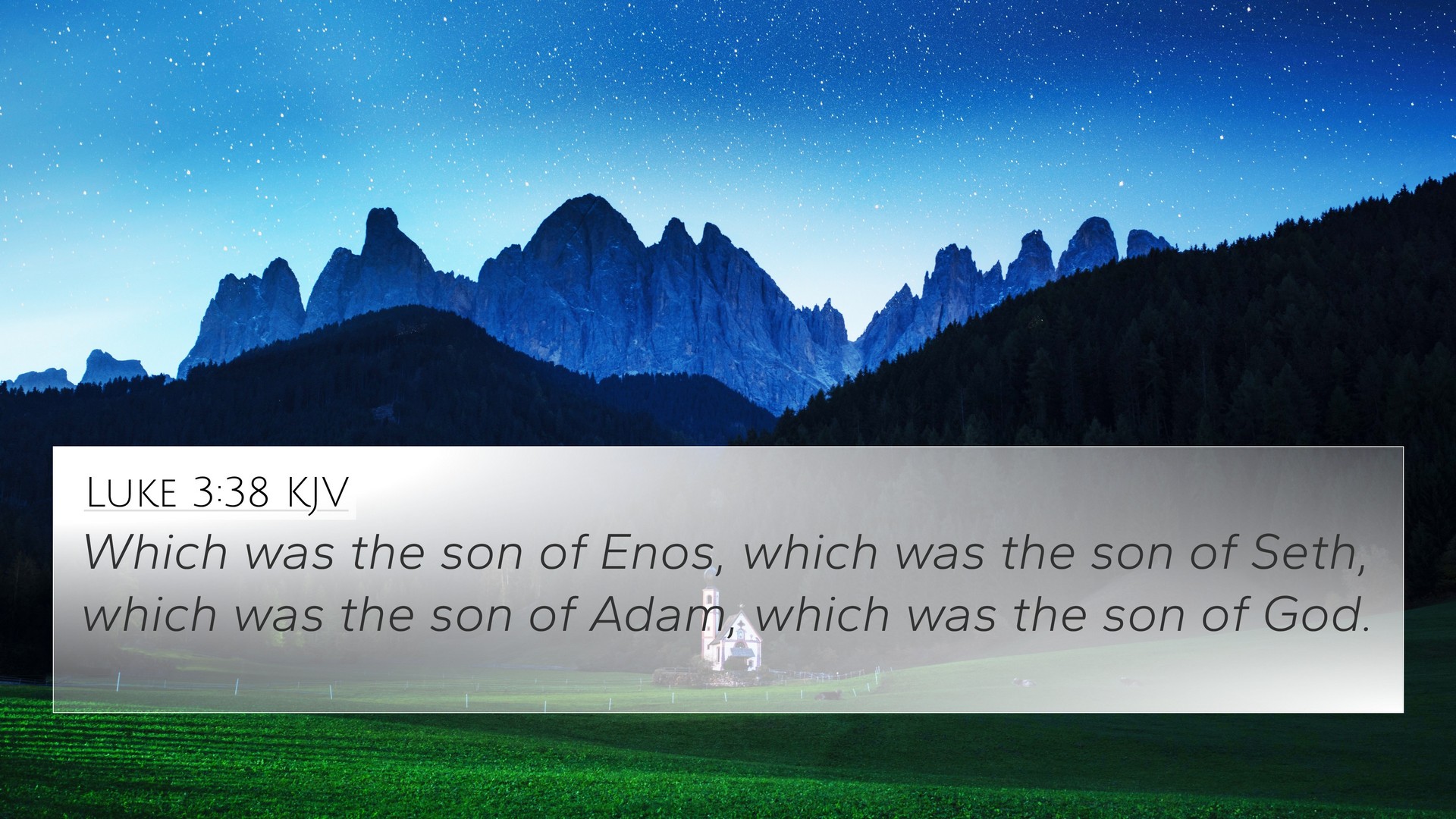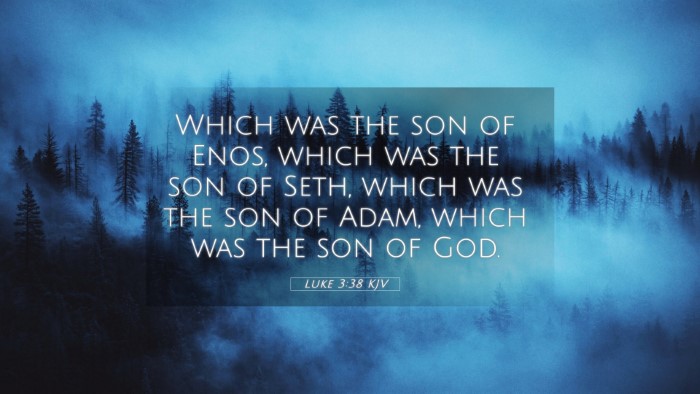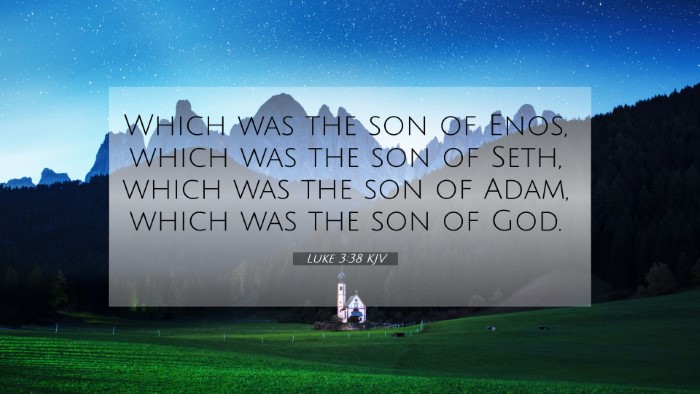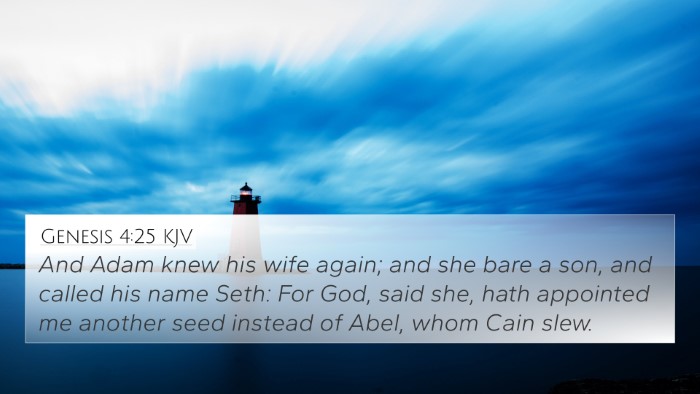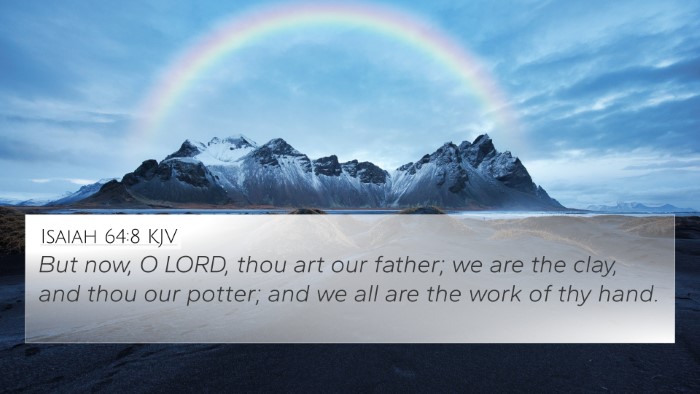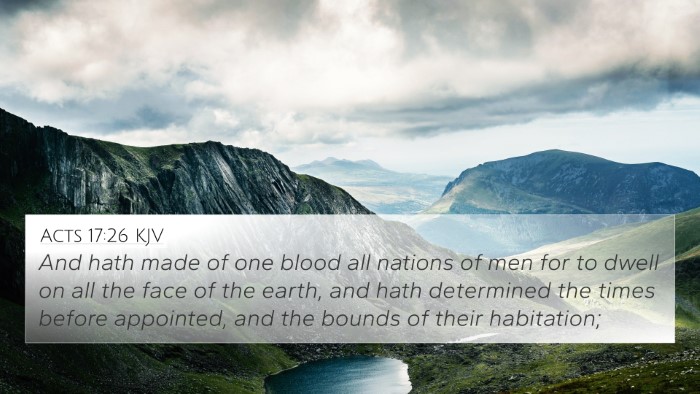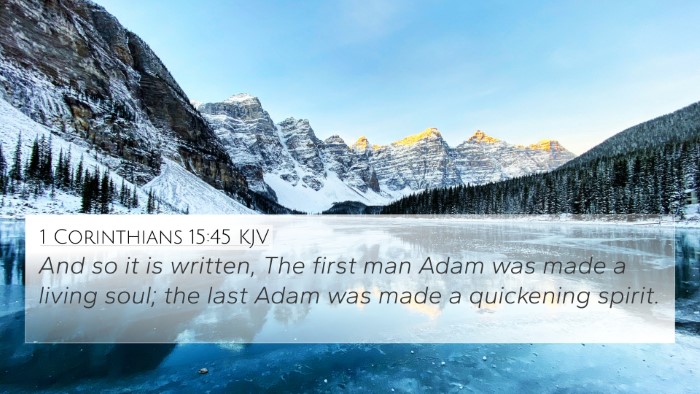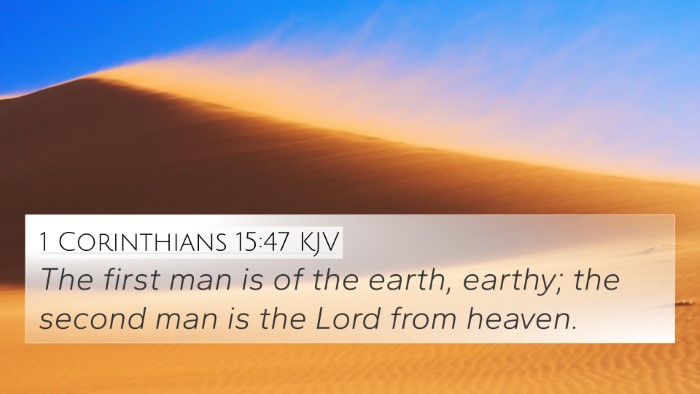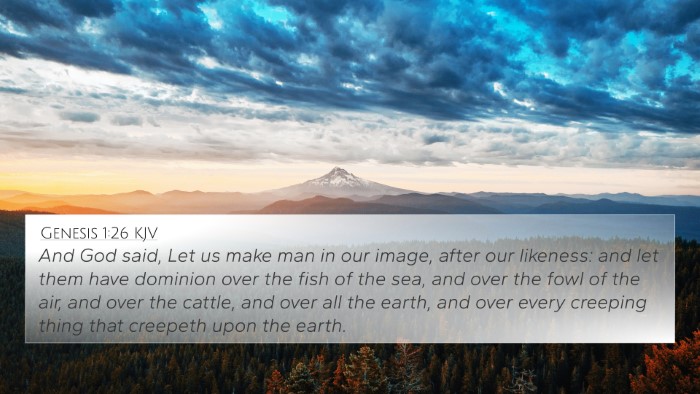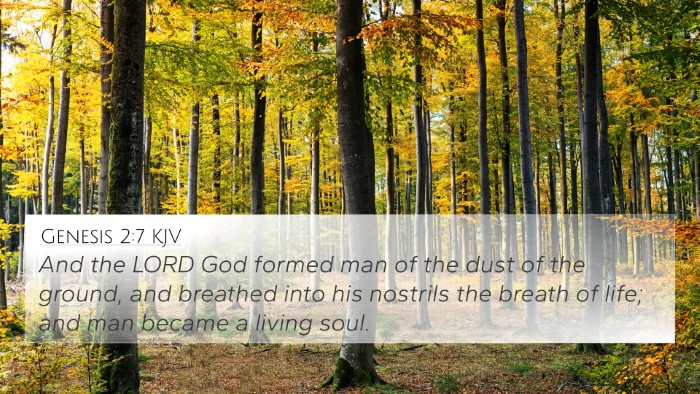Understanding Luke 3:38
The genealogical verse of Luke 3:38 points to significant truths about humanity and divinity, drawing connections between the origins of mankind and the lineage of Jesus Christ.
Verse Text
Luke 3:38: "the son of Enos, the son of Seth, the son of Adam, the son of God."
Meaning and Significance
This verse concludes the genealogical record that establishes Jesus' earthly lineage, tracing it all the way back to Adam. Understanding this verse requires an exploration of several key themes outlined by prominent scholars.
Theological Implications
According to Matthew Henry, this lineage showcases Jesus' role as both fully human and fully divine, emphasizing that He is connected to all of humanity through Adam. This connection signifies that Jesus came to redeem not just the Israelites, but all of humankind.
Historical Context
Albert Barnes notes that the inclusion of Adam in this genealogy serves to highlight the creation narrative and the inherent value that God placed on human beings. It leads to a deeper understanding of sin and redemption, illustrating how through one man sin entered the world, and through the other (Christ), salvation is offered.
Adam as a Theological Foil
Adam Clarke offers insight into the theological contrast between Adam and Jesus. Adam represents the failure of humanity, while Jesus symbolizes hope and redemption. This verse serves as a reminder that, just as Adam is the father of all sin, Christ is the bridge to eternal life.
Cross-References
Luke 3:38 can be better understood when cross-referenced with the following Bible verses:
- Genesis 1:27: "So God created mankind in his own image, in the image of God he created them; male and female he created them."
- Romans 5:12: "Therefore, just as sin entered the world through one man, and death through sin, and in this way, death came to all people, because all sinned."
- 1 Corinthians 15:22: "For as in Adam all die, so in Christ all will be made alive."
- Colossians 1:15-17: "He is the image of the invisible God, the firstborn over all creation; for in him all things were created..."
- Hebrews 2:14: "Since the children have flesh and blood, he too shared in their humanity..."
- John 3:16: "For God so loved the world that he gave his one and only Son, that whoever believes in him shall not perish but have eternal life."
- Revelation 22:13: "I am the Alpha and the Omega, the First and the Last, the Beginning and the End."
Tools for Bible Cross-Referencing
Understanding connections between Bible verses often requires resources. Consider these helpful tools:
- Bible Concordance
- Bible Cross-Reference Guide
- Cross-Reference Bible Study
- Bible Reference Resources
- Comprehensive Bible Cross-Reference Materials
Inter-Biblical Dialogue
Through cross-referencing, we can engage in an inter-Biblical dialogue that enhances our comprehension of scriptural themes:
- Identifying connections between Old and New Testament: Discover the unity of God's plan through cross-referencing verses that relate to salvation history.
- Detailed cross-reference between Gospels: Analyze how different Gospel writers present the lineage and mission of Jesus.
- Bible verses related to Creation and Redemption: Explore the theme of creation in Genesis with its fulfillment in Christ.
Conclusion
Luke 3:38 serves as a rich theological verse that connects our shared humanity back to the very origins of man and underscores the divine mission of Jesus. By studying this verse alongside its cross-references, we gain deeper insights into the biblical narrative and our place within it.
Further Study
To delve deeper into understanding biblical themes, consider studying other connected passages and utilizing a variety of Bible study methods, including:
- Cross-referencing Bible Study Methods
- Comparative Study of Pauline Epistles
- Cross-referencing Psalms with New Testament teachings
